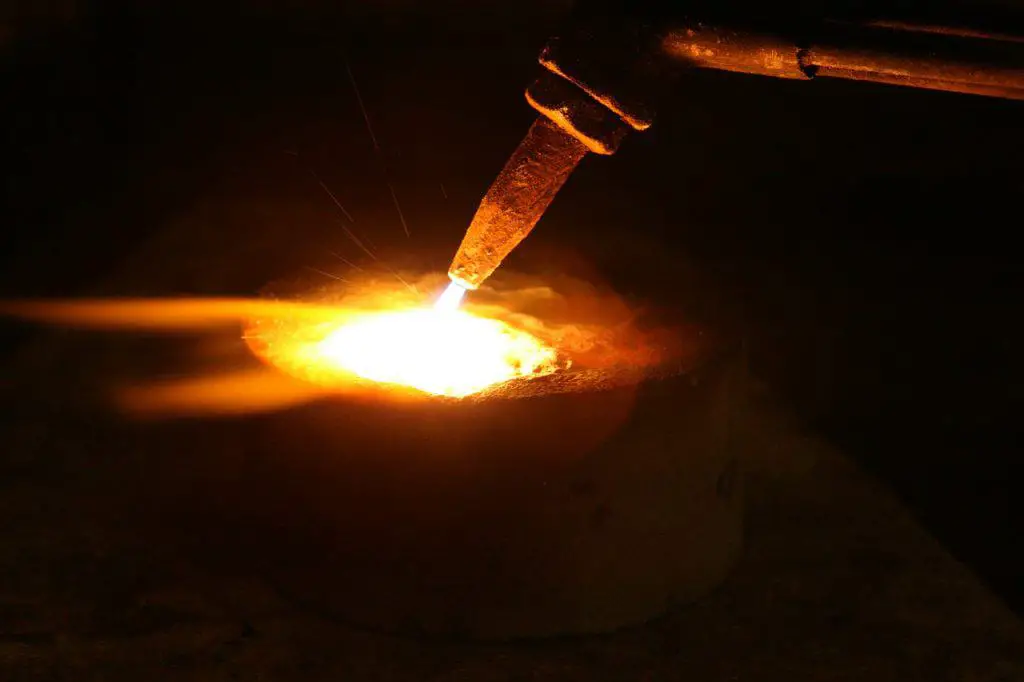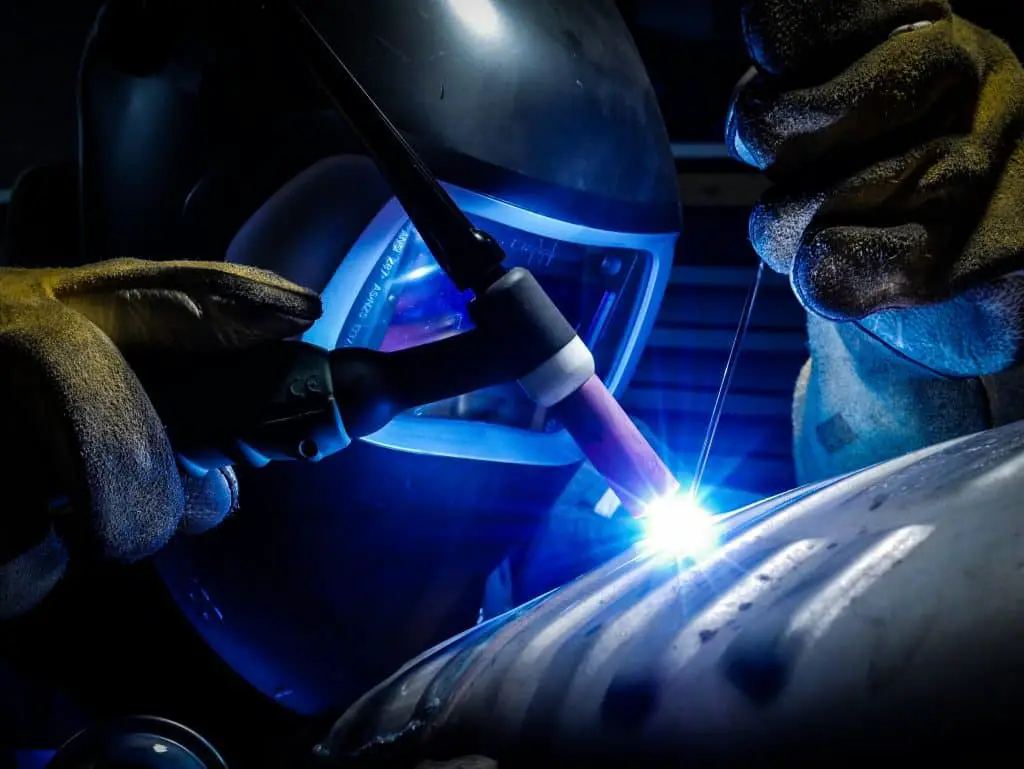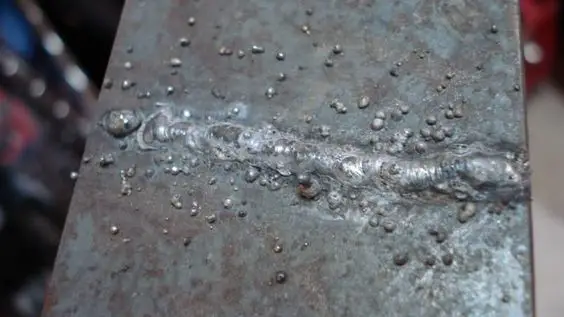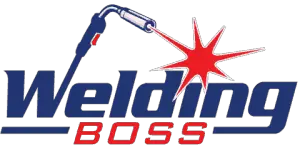This post contains affiliate links to products, services, or education. We may receive a commission for purchases made through links.
It is so frustrating when your welding torch pops in the middle of a project, and you can’t figure out the problem. It’s pretty scary and potentially dangerous too. What’s even more frustrating is figuring out how to fix the problem so you can get back to work.
So why do welding torches pop and how do you fix it? The most common reason a welding torch would pop is from a dirty tip. To fix this, shut off both the oxygen and acetylene, remove the tip, give it a good cleaning, then put it back on. The other reasons for popping in a welding torch are caused by backfiring and not having a neutral flame.

To figure out why your welding torch is popping, you first need to identify where the popping is coming from and when precisely the torch is doing it.
Is it only doing it when you weld? Is it happening often?
Did it just pop one time?
All these questions are essential in order to fix the problem. Let troubleshoot a little bit here.
What Kind Of Pop Is My Torch Making?
If you’re paying close attention to your welding torch and the sounds it is making, you should be able to identify the cause of the pop and fix the problem right away.
See below to learn how you can assess and fix different sounds your torch might make, assess the issue, and keep yourself safe and your work clean.
Backfiring Torch
Is the welding torch only popping when you weld? If so, your welding torch could be backfiring.
Backfiring happens when the flame is smothered out and gets sucked back up into the torch. To fix this problem, try holding your torch further away from your work.
You’ll know if it’s a backfire that’s happening because of the noise it makes. When the flame gets sucked back up into the torch, it continues to burn, causing a hissing or sizzling sound.
You’ll want to shut off both valves when you hear this noise, then clean out the lines.
Backfiring could be dangerous if you don’t identify the problem right away. The flame could continue burning inside the tip.
Eventually, it could ignite further down in the hose and cause an explosion called a flashback.
Flashbacks are the leading cause of explosions as well as death in the welding profession. A flashback could be a dangerous thing if you don’t catch it right away.
If you’re a beginner in welding, make sure you learn about what you’re running and how to use it properly.
Torch Has An Irregular Flame

Not having a neutral flame could cause more of a constant popping in the welding torch. Popping can occur if you don’t have the correct amount of oxygen or acetylene flowing through the torch.
Your weld also won’t look right either.
To fix this problem, first, learn how your flame should look. Your flame should be blue, and the shape should be a perfect cone.
Also, note the sound it makes.
When you have a neutral flame, the noise will be loud, but not as loud as when you have the flare or feather on the end. You do not want to have feathers on the end.
To get a neutral flame going, turn on the acetylene. (Note that you should always turn acetylene on first and turn it off first.) Then light your torch.
Your torch will be pure flame. Once you’ve done that you can then turn on the oxygen.
Release a little oxygen at a time until you get a perfect, blue cone-shaped flame. Then you’re ready to start welding.
Your Tip is Dirty
A dirty tip is the most common reason that welding torches pop (tips get dirty from use and from using gases that might not be ideal, which you can read a bit about here) (tips get dirty from use and from using gases that might not be ideal, which you can read a bit about here). The reason they pop when they are dirty is because the junk that has accumulated in the tip is not allowing the gas to flow through the tip.
Inside it’s letting a little bit out at a time, causing the flame to pop and flicker.
A dirty tip can be very frustrating, mostly because it’s not something you’d usually check first. But this should be the first thing you check when you’re troubleshooting.
To fix this, it’s relatively straightforward and simple. Turn off both valves (remember starting with the acetylene) then unscrew the tip.
Even if it doesn’t look dirty, run it under some water, or for more extreme build-up you could use brake cleaner. A quick spray with brake cleaner should clean the tip quickly and easily.
After that screw it back on, turn on both valves, light your flame, and get back to welding.
Pretty simple, right?
Your Tip Is Loose
A loose tip is another common cause of popping. You’ll figure this out quickly when you take off the tip to clean it.
The reason a loose tip can cause popping sounds is that some of the gases are escaping en route to the flame.
To fix this first turn off the valves and unscrew the tip and take it off. Make sure there isn’t any dirt or gunk in the threads. Wipe it off with a shop rag. Then screw it back on.
This is a simple fix, even for a beginner.
How Popping Affects Your Weld
The most frustrating thing about popping is how it affects your weld.
Sometimes you spend hours welding something together only for it to look like it was an unprofessional job. Now if you’re not welding professionally, this may not be an issue, more like a nuisance since it can make it look like you don’t know what you’re doing.
Your Weld Can Splatter

Having your weld splatter is the most frustrating thing that can happen.
When you hold the torch too close to the puddle, it can splash. Nothing like trying to weld something and having a hot liquid metal explosion happen.
Not to mention if it splatters some of that hot liquid metal could get on you. Obviously, this can be dangerous because it can burn you.
Anyone who welds knows how hot the puddle can get.
Once you’re done welding, you don’t need to let it sit long before it starts to harden. But it can stay hot for a long time after you have finished your work.
